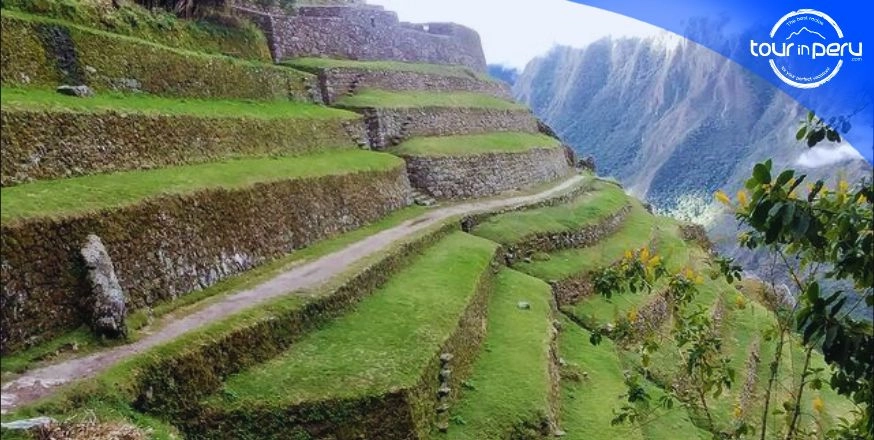Lake Titicaca is the highest navigable lake in the world, located on the border of Peru and Bolivia. It is about 60% in Peru and 40% in Bolivia. The climate in Puno is cold and dry year-round.
The high altitude contributes to these conditions, and travelers may experience some mild symptoms of altitude sickness upon first arriving. In Inca mythology, the first Inca king, Manco Capac, was born here from the sun god Viracocha.

Uros Islands – Puno
The lake is home to the floating islands of Uros, man-made islands made of reeds. Houses and furniture are also made of these reeds. The Uru people have historically lived here, and they had their own language about 500 years ago. They eventually integrated into Aymara culture. During the Inca times they were often slaves. Many of these people now live in Puno or other areas, but some still live on the islands.
The islands are visited often, and normally visitors will stay at the home of a local family. There are a number of islands in Lake Titicaca, and on one of the islands you can see a pre-Inca temple.
These islands are close to the city of Puno, and can be easily reached from there. It is a great idea if you want to see something unique. The communities that live on the islands still preserve a lot of traditional lifestyles, including clothing.
We offer daily tours of Lake Titicaca and the islands. You can combine these with tours in other parts of the country.









